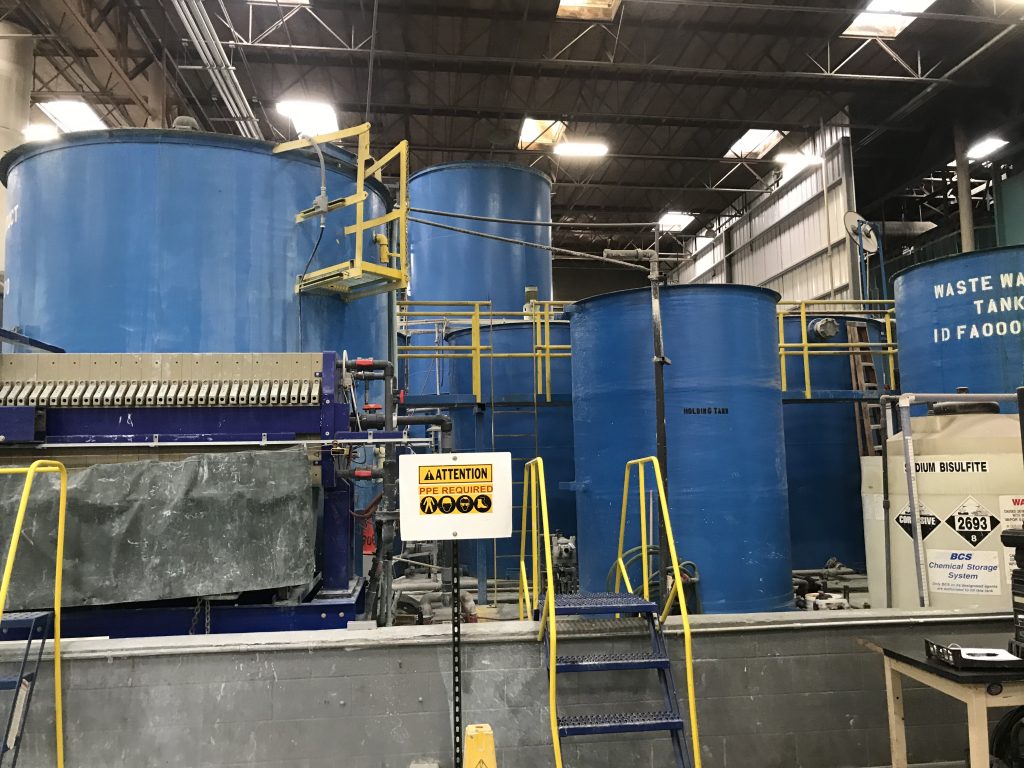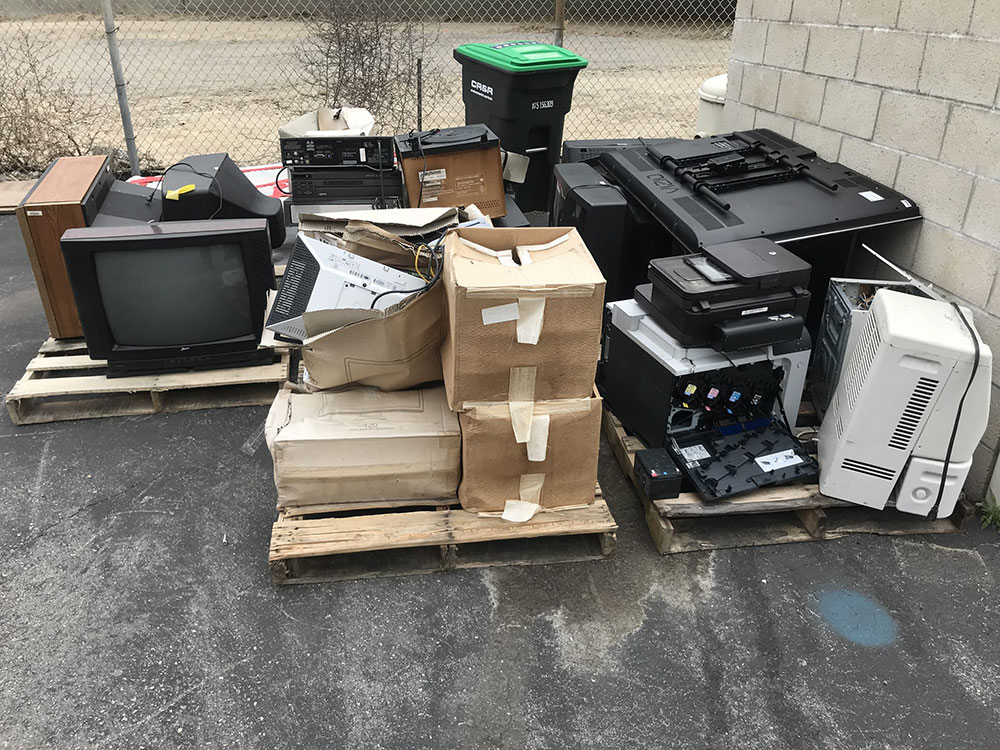About the Hazardous Waste Program
Hazardous Waste is a hazardous material that is no longer in use, as defined in Chapter 11 of Division 4.5 of Title 22 of the California Code of Regulations.
Purpose
To ensure that hazardous waste is managed properly.
Who is subject?
Any facility that generates any amount of Hazardous Waste.
Requirements of Hazardous Waste Generators
- Labeling
- Training
- Inspections
- Documentation
Exemptions, Exclusions, & Additional Requirements
- Universal Waste
- Recyclable Materials
- Certified Appliance Recyclers
- Tiered Permitting
CERS Online Requirements
The San Bernardino County Code (SBCC) requires that facilities submit required information including any amount of hazardous waste to the CUPA in accordance with SBCC 23.0602 and 23.0712. This information must be submitted to the CUPA via the California Environmental Reporting System (CERS). In San Bernardino County, the Business Emergency/Contingency Plan (“Hazardous Materials Business Plan (HMBP)”) is also used to satisfy the contingency plan requirement for hazardous waste generators.
Hazardous Waste Source Reduction Plan (SB14)
If your facility generates 12,000 kilograms (26,400 pounds or 3,300 gallons) of a non-exempted hazardous waste in a reporting year (e.g., 2018) you must complete a Source Reduction Evaluation Review and Plan, a Hazardous Waste Management Performance Report, and complete a a Summary Progress Report before the following September 1 (e.g., September 1, 2019). These documents will guide you into looking at your facility and finding ways to reduce waste. Exclusions apply to automotive fluids, cleanup soil, and several other types of wastes. Please note that reporting recurs every four years.
Please go to the web site of the Department of Toxic Substances Control (DTSC) to get more information about the forms and instructions.
Hazardous Waste Characteristics
- Ignitability
- Reactivity
- Corrosivity
- Toxicity
RCRA Hazardous Waste Lists
- F-list
- K-list
- P-list
- U-list
Hazardous Waste Treatment – Tiered Permitting (TP)

Hazardous waste treatment is any method, technique or process which changes the physical, chemical, or biological characteristic or the composition of any hazardous waste. Treatment is also the removal or reduction of a waste’s harmful properties for any purpose including, but not limited to, energy recovery, material recovery or volume reduction. Treatment does NOT include the removal of residues from the manufacturing process equipment for the purposes of cleaning that equipment.
Facilities treating or planning to treat hazardous waste on-site must notify the CUPA by completing a Tiered Permitting notification form to obtain appropriate authorization.
Questions relating to Tiered Permitting should be directed to a Specialist in our office.
Universal Waste
Universal wastes are hazardous wastes that are widely produced by households and many different types of businesses. The creation and implementation of California’s Universal Waste Rule allows individuals and businesses to transport, handle and recycle certain common hazardous wastes, termed universal wastes, in a manner that differs from the requirements for most hazardous wastes. The more relaxed requirements for managing universal wastes were adopted to ensure that they are managed safely and are not disposed of in the trash.
Common universal wastes include the following:
- non-automotive batteries
- fluorescent tubes
- cathode ray tube (CRT) materials
- consumer electronic devices
- non-empty aerosol cans
- mercury switches
- Intact, non-shattered, photovoltaic cells
For more information on proper management of Universal Wastes, please refer to the Department of Toxic Substances Control Universal Waste Page or contact our office.




